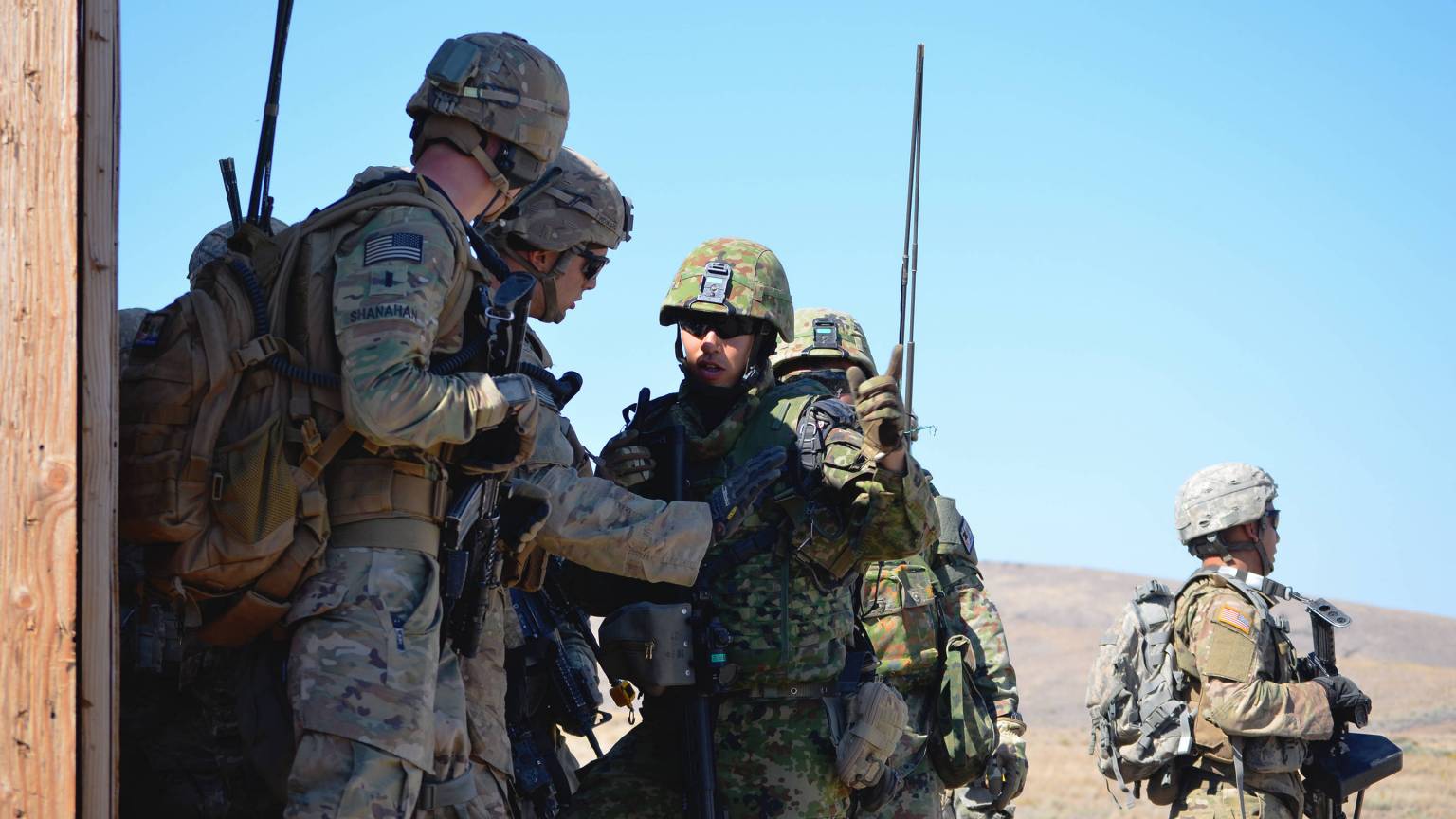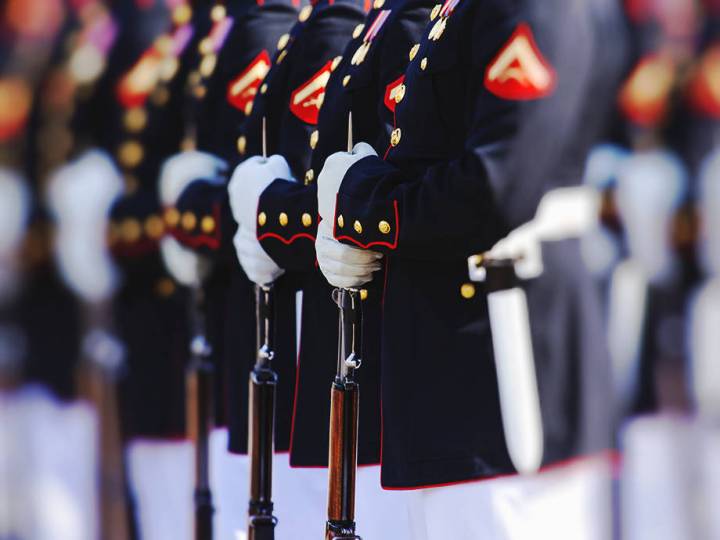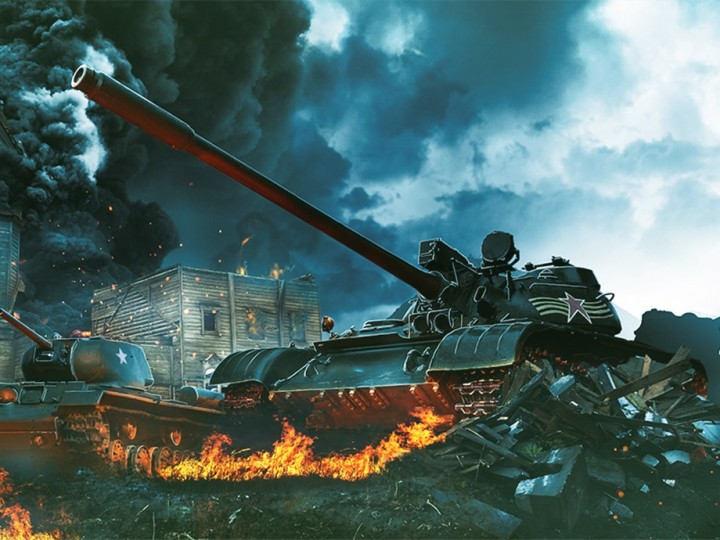
On the Anniversary of Pearl Harbor, Remembering the Japanese-Americans Who Helped End the War
On April 18, 1943, Japanese Admiral Isoroku Yamamoto—the planner of the Pearl Harbor attack—was flying from Papau New Guinea to the Island of Bougainville to inspect Japanese air forces taking part in the Solomon Islands campaign. As his plane took off he had no idea that American military intelligence had been tracking his movements for some time.
Operation Vengeance went down in history books, though after the war the pilots would argue bitterly over who actually killed Yamamoto. Less commonly discussed is how the U.S. military actually found Yamamoto to begin with. During the campaign, a Japanese-American serviceman named Harold Fudenna intercepted a radio message that revealed the Admiral’s whereabouts.
Fudenna was one of thousands of Japanese-Americans involved in top secret intelligence operations that used their knowledge of their enemy’s language and culture to track and predict Japanese military movements. At first, American commanders were skeptical of Fudenna’s find—they didn’t believe that the Japanese could possibly be so careless. But soon other Japanese-American linguists in Alaska and Hawaii reported they too had intercepted the same message.
With Yamamoto’s death the U.S. military had gotten payback on Japan for Pearl Harbor—and Americans of Japanese descent had played a key role.
Japanese-American veterans and service members play a unique—and at times overlooked—role in American history. During World War II, Japanese Americans were instrumental in defeating the Japanese Empire. And in the years since, they have continued to play an equally important role in forging the U.S.-Japan alliance.
At the time, in the 1940s, they would not have imagined that I could be serving in the U.S. Army, working side by side with the Japan Ground Self-Defense Force.
As Miller spoke, Americans and Japanese were training side-by-side in the annual Rising Thunder exercise that brings together members of the U.S. Army and Japan Ground Self Defense Force to train at the Yakima Training Center in eastern Washington state. It was a hot, dusty September day, and Miller was on hand as an interpreter.
Miller spent his early childhood in Japan raised by an American father—a U.S. Marine turned English teacher—and a Japanese mother before moving to Hawaii to finish school. He grew up as a child of both worlds. Miller isn’t a formally trained interpreter. He’s a combat veteran who spent most of his career doing convoy operations hauling supplies and is currently a member of the Alaska-based 109th Transportation Company.
As a young soldier he had taken the Defense Language Proficiency Test to earn points for promotion. He never thought the Japanese he used to speak to his mom and relatives would actually come up in his army career. Now he has a binding request from U.S. Indo-Pacific Command to attend training events that involve both U.S. and Japanese troops, with officers on either side often requesting him by name. “They call me every couple of months” Miller tells Playboy.
The location of Rising Thunder underscores the complex history at play. The U.S. Army first acquired the Yakima training grounds during World War II to train American soldiers to fight against Japan. A lot has changed since then.
“At the time, in the 1940s, they would not have imagined that I could be serving in the U.S. Army, working side by side with the Japan Ground Self-Defense Force,” Miller says reflecting on his grandfathers.
Miller’s family background in some ways is a microcosm of Japan and America’s complicated yet inextricably linked histories. In addition to his grandfathers, he also had a great uncle on his mother’s side that was born in America and faced internment. His uncle ultimately volunteered for U.S. Army service and deployed to Europe to fight as a member of the 442nd Regimental Combat Team.
During World War II, Japanese Americans faced harsh discrimination from both their government and fellow citizens. Nevertheless, thousands of American-born Japanese—known as Nisei—volunteered for military service.
The most famous of them served in the 442nd and the attached 100th Infantry Battalion, segregated units made up of Japanese troops (though in many cases white officers) that served in Europe. The 442nd became the most decorated combat unit in American history. Twenty-one members of its members received the Medal of Honor, including Hawaiian Democratic Senator Daniel Inouye. They were known for their battle cry “go for broke.”
Less well-known are the Japanese American veterans of the Military Intelligence Service (MIS) that served in Asia and the Pacific. While the exploits of the 442nd graced American newsreels, the linguists stayed in the shadows.

Many Nisei soldiers had family members in internment camps or had been residents of the camps themselves. Even at the time, internment was controversial. In February 1942, Army General Mark Clark argued that internment was a waste of personnel and resources. He argued the military could “never have a perfect defense against sabotage except at the expense of other equally important efforts” and asserted the Army should instead use troops slated for internment duty to guard infrastructure or aid the war effort.
Even FBI director J. Edgar Hoover—not famous for his concern for civil liberties—opposed internment on the grounds that it was “utterly unnecessary.” Nevertheless, President Franklin Roosevelt went forward with internment. But even as Americans debated the loyalty of Japanese-American citizens, some were already in the field risking their lives in the fight against Japan.
Well before the attack on Pearl Harbor, General Douglas MacArthur had made a special request to dispatch Nisei troops to the Philippines. In April 1941, he received Richard Sakakida and Arthur Komori. MacArthur used the two Niseis as spies to gather intelligence on Japanese nationals in the Philippines. Working undercover they ingratiated themselves with Japanese businessmen and reported back to MacArthur.
After the attack on Pearl Harbor, the two assisted with interrogations after American authorities rounded up Japanese nationals. They also aided American commanders during the Battle of Bataan. When MacArthur realized he would lose the Philippines, he ordered Skakida and Komori to evacuate.
Komori complied. But Skakida disobeyed orders, instead giving his plane seat to a Nisei civilian who had also helped gather intelligence and had a family waiting for him in Hawaii. Japanese troops captured and tortured Skakida, but he insisted to them that he was a Japanese-American civilian and not a spy. The Japanese eventually released him, and he quickly began secretly assisting American and Philippine resistance fighters. Skakida continued to work undercover and gather intel until MacArthur returned to the Philippines.
Military leaders were now eager to recruit as many Japanese speakers as possible, and the Nisei were ideal candidates. They knew not just the language, but in some cases cultural nuances that other military trained linguists might miss.
Roughly 6,000 Japanese-American troops served as members of the MIS, secretly participating in nearly every campaign in the Pacific and Asia. They found themselves attached to American and allied British, Australian, New Zealand, Indian and Chinese military units across Asia and the Pacific as they listened in on enemy radio chatter, translated captured documents and interrogated prisoners.
In many cases the linguists found themselves in the rear echelon roles answering to senior officers as they did painstaking translation and analysis. It was often critical work, Japanese American troops translated the captured “Z Plan” document, which outlined Japan’s strategy for defending the Philippines.
But in other cases, the linguists found themselves in the thick of deadly combat operations. A detachment of 14 Nisei linguists served in Burma with the famous “Merrill’s Marauders,” conducting dangerous missions in jungles deep behind enemy lines. This small group came to be known as “Marauder Samurai.” One of the most highly decorated of the Marauder Samurai was Roy Matsumoto.
During the battle of Nhpum Ga, the Marauder’s 2nd Battalion was trapped at a position they called Maggot Hill. At night, Matsumoto would crawl out close to the Japanese lines and listen to the Japanese troops chatter, then report back with whatever useful snippets he could glean. One night he heard Japanese troops talking about a plan to breach the Americans’ perimeter.
After Matsumoto returned, the Marauders set up an ambush. When the attack came, the Americans mowed down the first wave of attackers. As the second wave of Japanese began to stall, Matsumoto shouted in Japanese for them to resume their attack. Believing they were listening to one of their own leaders, the second wave of Japanese troops rushed head first into their deaths just as the first had. Matsumoto had been born in the United States, but spent part of his childhood in Japan. His parents were still living in Japan when the war broke out, and he had no way of knowing what had become of them. Veteran and author Charlton Ogburn wrote in his memoir The Marauders that “in the case of Sergeant Roy Matsumoto, whose mother was living in Japan, we may perhaps justifiably surmise that he took some comfort from the reflection that she was not in one of the major cities but in a smaller one less likely to attract attack by American bombers—Hiroshima."
While many Nisei used their knowledge of the Japanese language to help their American comrades kill their enemies, others used their skills to save lives. During the Battle of Okinawa, Japanese authorities told Native Okinawans that the Americans would subject them to widespread rape, slavery and other atrocities. Some Japanese military officials encouraged civilians to commit suicide rather than suffer under the Americans. The Nisei linguists encouraged civilians to trust the Americans and also urged Japanese troops to surrender whenever they had a chance.
Years after the war MacArthur’s intelligence chief Major General Charles Willoughby estimated that Japanese-American linguists "saved over one million lives and shortened the war by two years."
Even as Americans debated the loyalty of Japanese-American citizens, some were already in the field risking their lives in the fight against Japan.
Several veterans from the 442nd transferred from Europe to the Pacific to join the MIS and work on post-war programs. The American occupation authorities assigned several Japanese American troops to new intelligence assignments once they reached Japan with many of them reporting directly to MacArthur. Many joined the Counter Intelligence Corps, which put them to work monitoring organizations like the Yakuza and Japanese communist organizations.
But they often found themselves doing more than playing spy games. Niseis often played an important role in the reconstruction of a Japan that had been ravaged by allied bombing. They were also trying to turn a dictatorship into a democracy. “They unanimously talk about the devastation they saw,” Do says of the testimonies of Nisei veterans that served in the occupation. “They wanted to serve as positive ambassadors during a time of uncertainty.”
In some cases, they were able to reconnect with their families in Japan. Matsumoto, who’s parents had lived in Hiroshima, was overcome with relief when they he learned they had been outside of the city when the bomb dropped. Matsumoto himself would continue to serve in the military into the 1960s and would be honored as a member of both the U.S. Army Ranger Hall of Fame and Military Intelligence Hall of Fame.
U.S. Army historian James C. McNaughton wrote in his book Nisei Linguists: Japanese Americans in the Military Intelligence Service During World War II that Japanese-Americans "worked in an astonishing variety of roles to guarantee a peaceful and ultimately successful occupation during which former enemies became close allies."
When the Korean War broke out, many of the U.S. troops stationed in Japan went to Korea—including the linguists. Few Americans spoke Korean, but many Koreans spoke Japanese. The Nisei again proved an asset to American commanders trying to make sense of foreign culture.
As Nisei troops began leaving the military for the civilian world, many became involved in politics and business. They continued playing a key role in relations across the pacific, setting up programs linking the U.S. and Japan as they bolstered trade and diplomatic ties. As the years went by, Americans fell in love with Toyota, Godzilla, Hello Kitty, Nintendo and Play Station.
Under the Trump administration the relationship between the United States and Japan has experienced some strain. President Donald Trump’s decision to back out of the Trans-Pacific Partnership and engage in a widening global trade war has frustrated Japanese leaders. Officials in Tokyo have also expressed concern about the administration’s approach to diplomacy with a nuclear North Korea.
Nevertheless, relations between servicemembers from the two countries remain strong.
Back in Yakima, Japanese and American troops ran through thick dust as they conducted a simulated attack on a small town. They were methodical as they cleared buildings and looked for enemy forces. The two forces work well together. But they’re still divided by language, and Japanese speakers like Miller still often need to step in to help fill that gap.
During Rising Thunder, members of the Seattle-based Nisei Veterans Committee (NVC) came out to the field to observe a sniper competition. They also hosted some of the participating U.S. and Japanese troops at an annual banquet in Seattle at the NVC Memorial Hall commemorating the U.S.-Japan alliance. The group regularly host Japan Self Defense Force troops and other Japanese officials visiting the Pacific Northwest.
Miller was among those that attended the luncheon at the NVC Memorial Hall and helped translate. Outside the hall stands a 190-foot long wall lined with black bricks inscribed with the names of Japanese-Americans who lived in the internment camps or served in the U.S. Military during WWII. Among the 3,500 black bricks Miller found the name of his great uncle.
Miller says that he never thought his Japanese heritage would become such a big part of his military service, but that he nevertheless feels a deep sense of pride as a bridge of sorts between the two nations. “I feel like I have a purpose,” he says.
RELATED

Is Christian Nationalism Invading Our Country's Military?
A predatory and exploitative fundamentalist wave is targeting impressionable cadets

How the Marines Became the Most Oversexed Military Branch
A new study shows they have the most sexual partners and drink the most out of all armed services

Does Our Military Really Need More Tanks?
Our administration continues to buy million-dollar tanks for a military that doesn't want them






